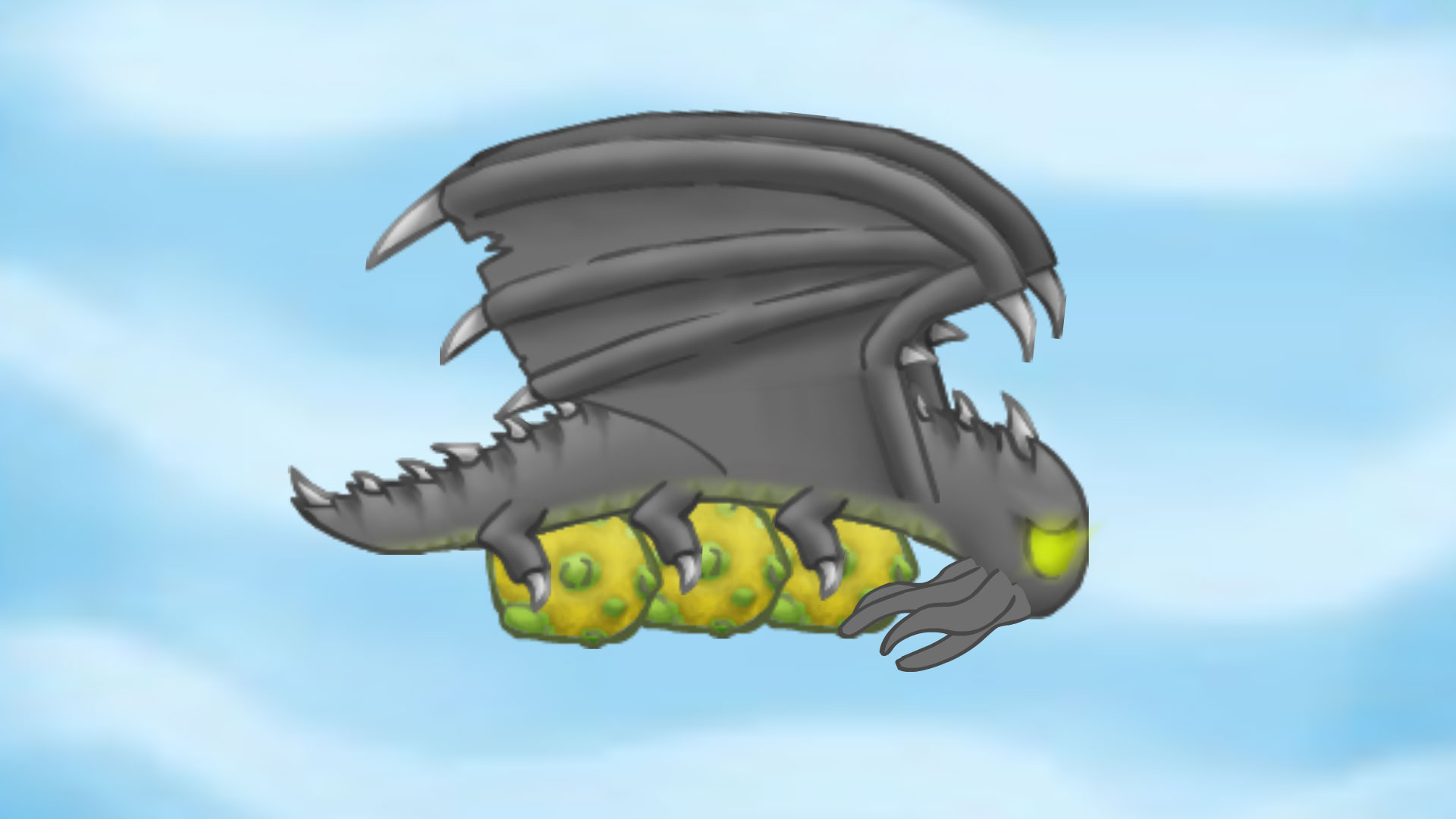

Eliminating drones reduces the consumption of winter honey stores. When nectar in the field becomes scarce, the workers drag the drones out of the hive and do not let them return, causing them to starve to death. Propolis collected from the buds of trees is used to seal all cracks in the hive and reduce the size of the entrance to keep out cold air. The young bees survive the winter, while the old ones gradually die. Depending on the age and egg-laying condition of the queen, the proportion of old bees in the colony decreases. In the fall a reduction in the amounts of nectar and pollen coming into the hive causes reduced brood rearing and diminishing population. The condition of the colony at this time of year greatly affects its prosperity for the next year.ġResearch entomologist, Science and Education Administration, Carl Hayden Center for Bee Research, Tuscon, Ariz. The period from September to December might be considered the beginning of a new year for a colony of honey bees.

The activities of a colony vary with the seasons. The bees cluster loosely over several wax combs, the cells of which are used to store honey (carbohydrate food) and pollen (protein food) and to rear young bees to replace old adults. A colony normally has only one queen, whose sole function is egg laying. A colony of honey bees comprises a cluster of several to 60,000 workers (sexually immature females), a queen (a sexually developed female), and, depending on the colony population and season of year, a few to several hundred drones (sexually developed males).


 0 kommentar(er)
0 kommentar(er)
